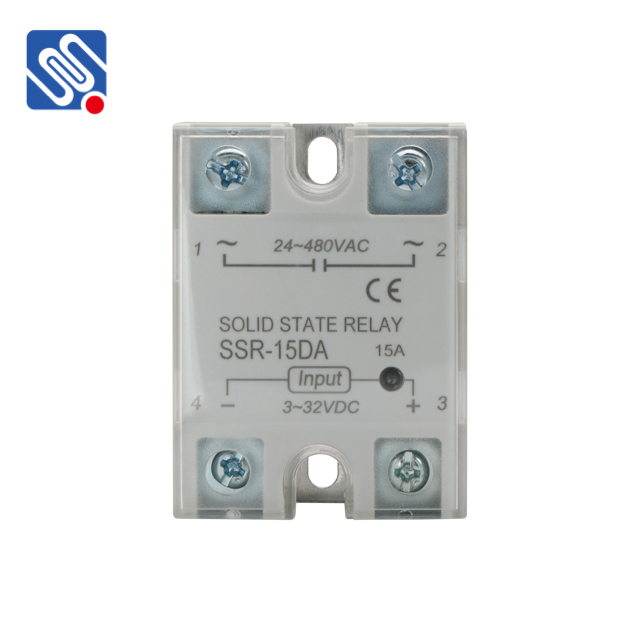Relays are essential components in modern electronic systems, providing a means to control electrical circuits with low power signals. Their role in switching applications, from household appliances to industrial machinery, highlights their importance in various sectors. One crucial aspect of relay performance is its lifespan, which is determined by a combination of factors including mechanical and electrical endurance. In this article, we will explore the different elements that affect relay lifespan and how to enhance its durability for optimal performance.

Understanding Relay Lifespan Relay lifespan refers to the amount of time or number of operations a relay can perform before it becomes unreliable or fails to operate. It is generally categorized into two types: mechanical lifespan and electrical lifespan. The mechanical lifespan refers to the number of times the relay’s internal components, such as the armature and contacts, can cycle before they wear out due to friction or other mechanical factors. The electrical lifespan, on the other hand, focuses on the relay’s ability to withstand the switching of electrical circuits without degrading or causing arcing and contact wear.
Leave a Reply
You must be logged in to post a comment.